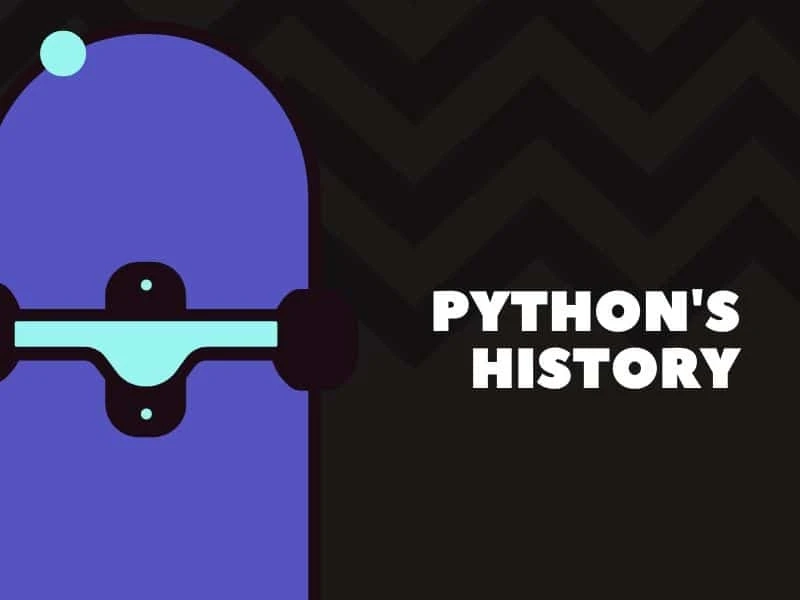Python's History
Python is one of the most popular programming languages in the world today. But just how did it get to this point? The ...


Python is one of the most popular programming languages in the world today. But just how did it get to this point? The ...

